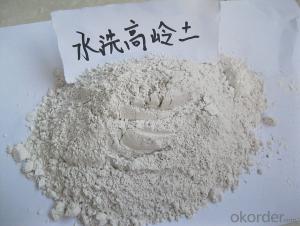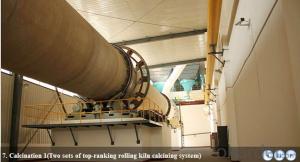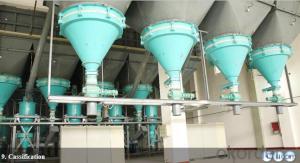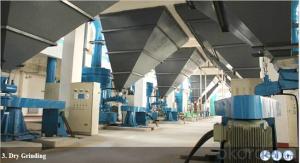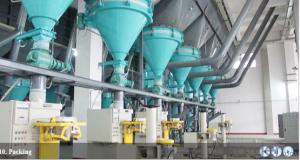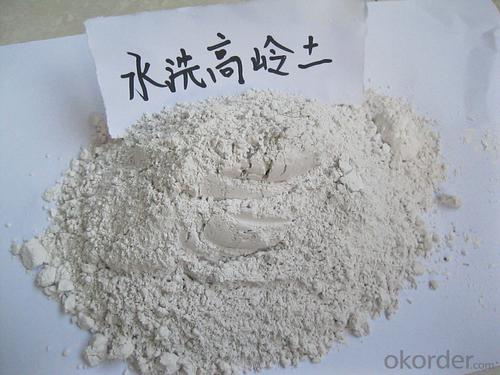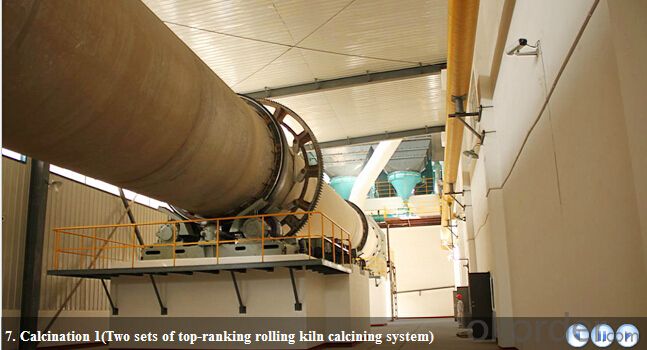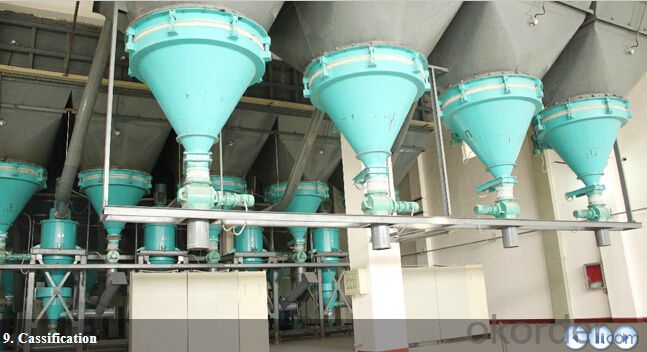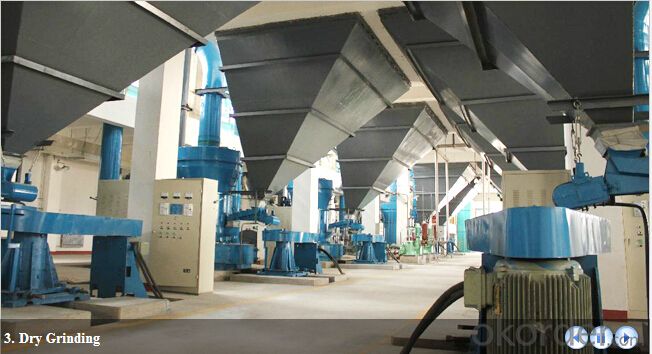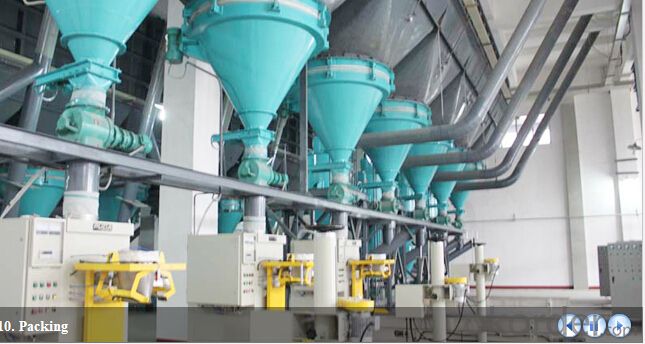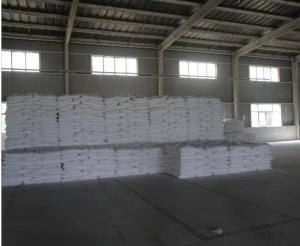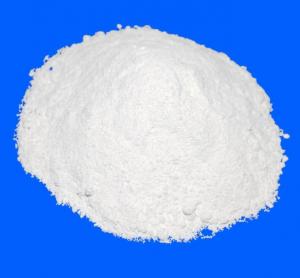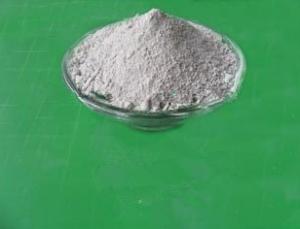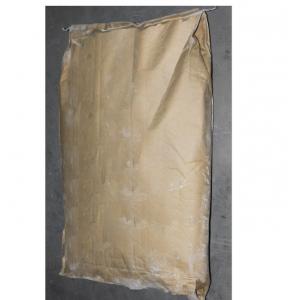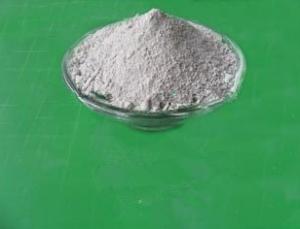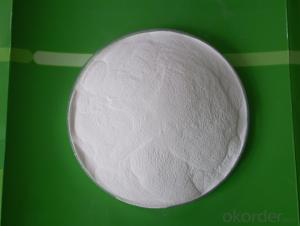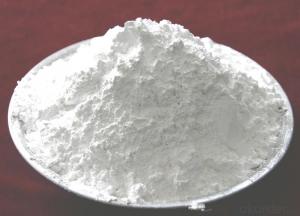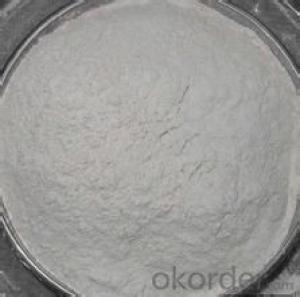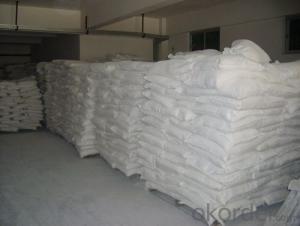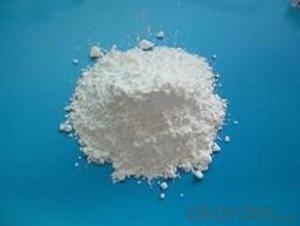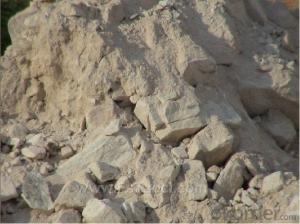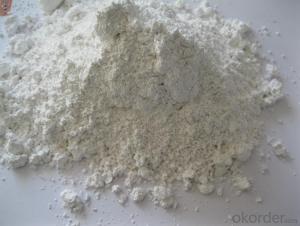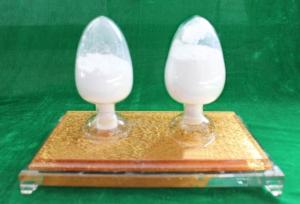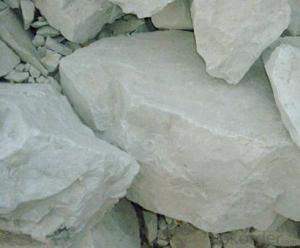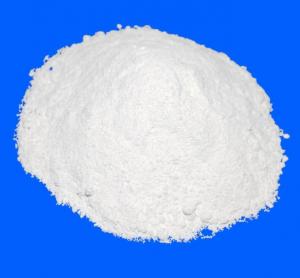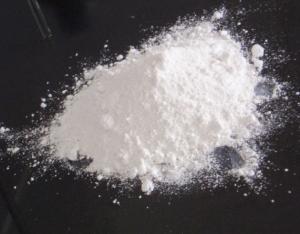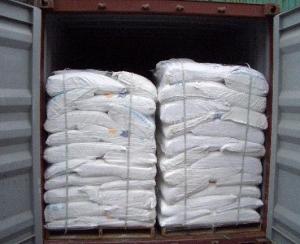CALCINED KAOLIN FOR COATING (GB-CK-96) SGS test
- Loading Port:
- Tianjin
- Payment Terms:
- TT OR LC
- Min Order Qty:
- 25 m.t.
- Supply Capability:
- 12000 m.t./month
OKorder Service Pledge
OKorder Financial Service
You Might Also Like
1. Benefits and Application
The GB-CK series of Kaolin based pigments are produced through delamination,
calcination and classification. The well-controlled processes ensure the GB series have no coarse particles and maintains an absolute minimum of 325 mesh residue, so the end user can achieve a high Hegman grind. The GB series pigments also have high brightness, strong hiding powder and superior dispersibility, and it is widely applied in latex paint, powder coating and electrophoresis coating.
Its main benefits are:
It’s the best extender of titanium dioxide with excellent opacity that can
improve efficiency and cut costs by partly replacing titanium dioxide;
It can easily disperse in water based systems;
It offers superfine particle and with excellent anti-settling property; It is inert to most acids and
alkaline at ambient temperature and offers good anticorrosive capabilities.
2. Typical Physical Properties
Item | GB-CK90 | GB-CK92 |
Brightness(T457) | 90.5%min | 92%min |
Particle Size (0-2micron)% | 50+/-2 | 60+/-5 |
Particle Size (0-10micron)% | 94% | 97% |
Refractivity | 1.62 | 1.62 |
Screen residue (325 mesh %) | 0.01max | 0.01max |
Oil Absorbency (g/100g) | 35+/-5 | 50+/-5 |
Dispersion (micron) | 55max | 50max |
pH | 5.5-7.0 | 5.5-7.0 |
Bulk Density (kg/m3) | 600 | 500 |
Specific Gravity (kg/m3) | 2600 | 2600 |
Moisture (%) | 0.5max | 0.5max |
3. Typical Chemical Properties
SiO2(%) | Al2O3(%) | Fe2O3(%) | TiO2(%) | CaO(%) | MgO(%) | CuO(%) | K2O(%) | Na2O(%) | MnO(%) |
52+/-2 | 45+/-2 | 0.50max | 1.5max | 0.4max | 0.2max | 0.004max | 0.05max | 0.15max | 0.004max |
4.Application
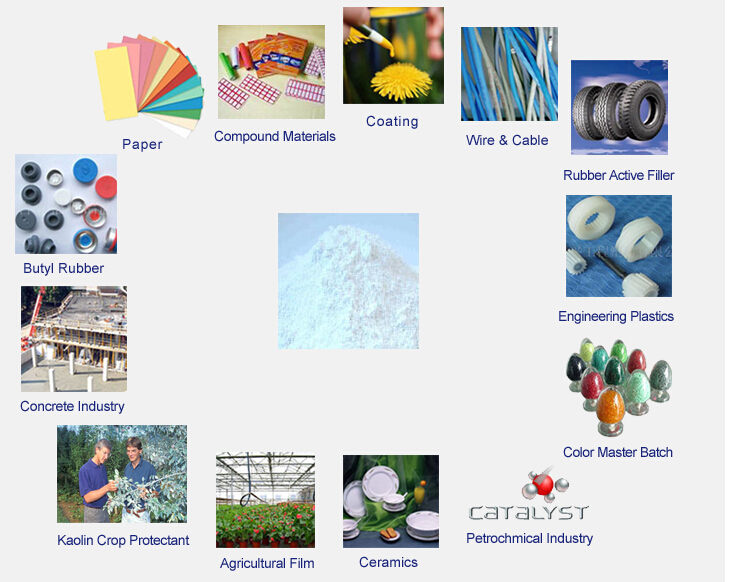
- Q: How to use washed kaolinWashed kaolin in the paper-making process how to use, where China's kaolin more suitable point? Which home is the biggest?
- In the paper, according to their actual situation to kaolin pre dispersed or other materials together in a mixing tank. When in the pre dispersion in dispersion process just add a little dispersant (sodium polyacrylate or other organic dispersant) can achieve the desired results.
- Q: Kaolin, calcium carbonate, talc, which does not affect the ink gloss?
- The ink consists of major and auxiliary components, which are evenly mixed and rolled repeatedly to form a viscous, gelatinous fluid. It consists of binder (resin), pigments, fillers, additives and solvents. The fingerprint brush ink surface gloss after drying in the light, the ability to the same concentration of reflected light. Ink with high gloss shows great brightness on printed matter. The glossiness mainly depends on the kind and property of the ink in the ink, the treatment of the refining process in ink making and the smoothness of the ink film after drying. In addition, the ink gloss by nature pigment ink composition, particle size and shape effect of dispersion; ink penetration, leveling, drying properties of the substrate material and so on.
- Q: The big ball of mud and kaolin porcelain which is good
- The remnant of the large ball mud pegmatite is called kaolin. The ore has a big ball and a small ball. The big ball is 10-40 cm in diameter and the diameter of the ball is 3-4 cm. The size of a white mud ball, long hidden in the deep mountains and forests of Hunan Xiangxi, lived a secluded life underground". Thank you
- Q: What are the differences between kaolin and kaolin? What are the chemical constituents?
- Effects: 1., firing pottery,.2. firing pottery or coarse porcelain kaolin
- Q: Is activated clay kaolin?
- Usually activated clay refers to the use of bentonite as raw material. But kaolin can also be used as the raw material of activated clay.
- Q: How do porcelain mud distinguish good or bad?
- Compared with the international standard of the kaolinite content Chinese, southern Suzhou and Fujian Longyan kaolin soil Si was significantly more than the commonly used North Datong soil, iron content and mix the raw is significantly larger, but the north and south to kaolin aluminum content than the British standard used for EPK, which also makes the general China porcelain to temperature higher than 1310 degrees, or even close to 1350 degrees, but the mineral composition of kaolin is different, around the mining kaolin component is so different, so that a lot of kaolin with today's porcelain stone in the data has been very close to the standardized production and the western industrialization under the background of different kaolin most of the China, or in the production of kaolin ore deposit by the way.
- Q: I have kaolin, which is grey. It burns red. Do you need it?
- And mainly hematite. I suggest you increase the whiteness after extracting hematite. After sintering is red kaolin, as ceramic soil, not many people, and the price can not go up, unless someone for the special use of the soil, as the base material is difficult to sell.
- Q: Will surface treated kaolin be more insulated than untreated?
- The original peak soil has a certain insulation, if you have to deal with, and then compare, it depends on how to deal with.
- Q: Who knows kaolin? Please, great God!
- Kaolinite is a dense or loose mass, usually white. If it contains impurities, it is beige. Gaoling stone weathering or deposition into kaolin and kaolin is made of ceramic raw materials. In addition, kaolin can also be used as chemical filler, refractory material, building material, and so on. It is widely used. There is a kaolin village in Jiangxi, Jingdezhen, China, which is rich in kaolin. Hence its name. At the end of the Ming Dynasty, the mine was mined in kaolin village of Jingdezhen. It was introduced into the world mineralogy by German geologist Richthofen according to the transliteration of kaolin into "Kaolin".
- Q: High silica can be converted into kaolin? Add or remove some of the substances, specific operations! Thank you
- High silica containing SiO2 pure natural particulate quartz powder. It is brittle, without plasticity, powder is not hydrophilic, acid resistance is strong, differential thermal analysis has typical quartz differential thermal curve, the refractoriness is 1750~1832 degrees.. More than 90% silicon dioxide, a small amount of ferric oxide, three small two aluminum oxide.
Send your message to us
CALCINED KAOLIN FOR COATING (GB-CK-96) SGS test
- Loading Port:
- Tianjin
- Payment Terms:
- TT OR LC
- Min Order Qty:
- 25 m.t.
- Supply Capability:
- 12000 m.t./month
OKorder Service Pledge
OKorder Financial Service
Similar products
Hot products
Hot Searches
Related keywords
